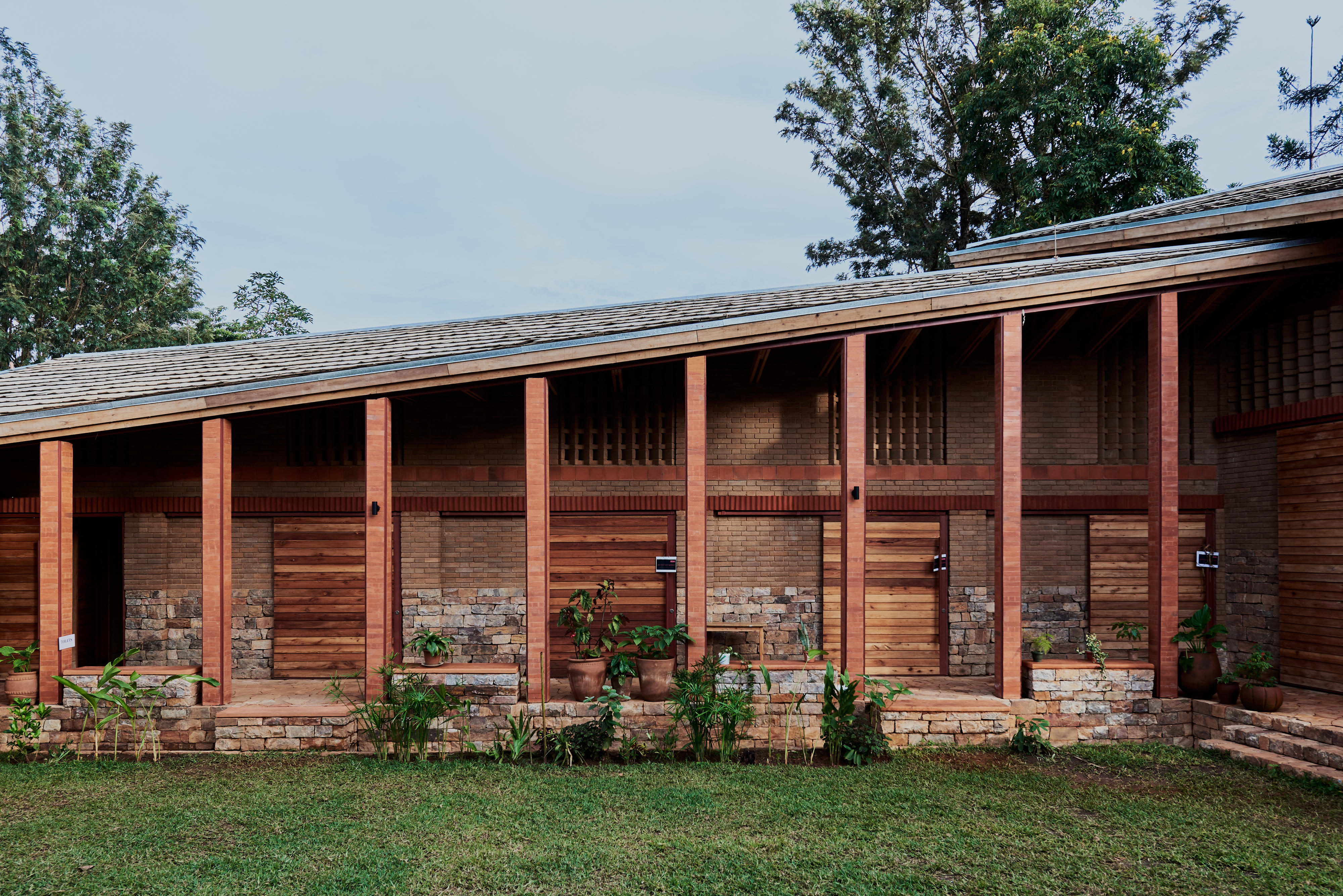Prime
The enormous costs of using cement

The cement industry is responsible seven percent of global carbon dioxide emissions. PHOTO/unsplash.com.
What you need to know:
Every year the world uses four billion tonnes of cement to make the concrete that goes into buildings and other infrastructure. It leaves a huge carbon footprint and comes with different costs too.
Cement plays a crucial role in construction due to its ability to enhance strength, durability, and resilience against weathering and environmental elements. Additionally, it aids in ensuring the overall stability and structural integrity of buildings.Portland cement was first patented in 1824 in Leeds (UK) by Joseph Aspdin, a bricklayer. He discovered that it was possible to glue bricks together using a mixture of clay and limestone that was heated and ground to a fine powder and then mixed with water. In chemical terms, limestone mainly consists of calcium carbonate (CaCO₃). When it is heated, carbon dioxide (CO₂) is released into the atmosphere, leaving calcium oxide (CaO) behind. This can chemically react with water to solidify into a strong binder.
Modern Portland cement consists of a combination of limestone and clay. The quality of the cement manufactured depends on factors such as the consistency of the limestone mined, the maximum temperature reached in the kiln that is used to heat the raw materials and how finely the material is ground. Finer cement and cement manufactured at higher temperatures are usually stronger.
Portland cement is still used as the main binder to glue together sand and stone to make concrete. Concrete is the most widely used modern building material in the world.
Multi-storey buildings, dams, bridges, water purification works, storm water pipes and railway sleepers mainly consist of concrete reinforced with steel. In many African countries, there are no suitable sources of limestone to manufacture Portland cement. The countries that produce the most cement are China, India and Vietnam.
Early research results suggest that the lateritic soils that are abundant in large parts of Africa can be used as a binder in concrete by heating the materials to relatively low temperatures to form calcined clays.
These materials can be ground with limestone or with limestone and Portland cement to form limestone-calcined clay or limestone-calcined cements. They would be strong enough to build affordable, durable infrastructure in developing areas.
What are the drawbacks of cement?
Up to a tonne of carbon dioxide can be emitted for every tonne of Portland cement produced. The environmental footprint of cement production is further increased by the energy required to heat the raw materials to temperatures as high as 1,500°C to form the clinker that is then ground into the fine powder sold as cement.
It is estimated that nearly two tonnes of concrete are cast annually for every person living on the planet. Although cement typically makes up only about 10 percent of the volume of concrete, the world’s annual global cement consumption is more than four billion tonnes.
The cement industry is responsible for emitting about 2.5 billion tonnes of carbon dioxide per year, which is about seven percent of global carbon dioxide emissions. There can thus be no doubt that it is necessary to decarbonise the cement industry. Large international cement producers undertook to limit carbon dioxide emissions when the Kyoto Protocol was signed in 1997. Since 1997, these companies have made significant investments in reducing their environmental footprints.
It is also costly to produce good quality cement that can be used to consistently produce strong concrete infrastructure that will last for decades without requiring significant maintenance.
The large cement manufacturers follow European standards of cement manufacturing. They have to adhere to cement strength and composition requirements, quality control, environmental, mining and labour laws as well as economic empowerment rules. All of these have product cost consequences.
What other options are there?
There are a few ways to reduce cement’s carbon footprint:
Using alternative energy sources to generate heat for making cement – including waste materials such as rubber tyres.
Placing filters in chimneys to limit emissions
Blending the Portland cement with materials that are by-products from other manufacturing industries to reduce the volume of limestone.Blended cements contain by-products such as ground blast furnace slag from the steel manufacturing industry and fine ash collected in the chimneys of coal-fired power stations. With reliable quality control, blended cements can improve the strength and durability of concrete infrastructure.
State of the cement industry in Africa
The South African cement suppliers have the capacity to manufacture 22 million tonnes of cement annually, but due to the lack of local infrastructure spend since 2019, the local demand has dropped. Only about 13 million tonnes was produced in 2022.
South Africa is the only southern African country with a well-established local cement industry. The continued low demand for cement, combined with the large volumes of illegally imported or labelled cements sold below the cost price of locally manufactured cement, is placing the industry at risk.
Lacking suitable sources of limestone, many African countries have to pay high prices for imported cement that is transported over large distances. A lack of local building regulations and testing facilities has made it possible for unscrupulous importers to bring substandard products into these markets.
In the recent past China, India and Vietnam have been able to produce and export relatively cheap cement, as they do not have to comply with the stringent manufacturing requirements, labour, mining and environmental protection laws that most developed countries enforce. China has only recently started implementing environmental protection laws.
OPTIONS
Milling the materials finer and pre-heating the limestone
Placing filters in chimneys to limit emissions
Blending the Portland cement with materials that are by-products from other anufacturing industries to reduce the volume of limestone.
Blended cements contain by-products such as ground blast furnace slag from the steel anufacturing industry and fine ash collected in the chimneys of coal-fired power stations.





